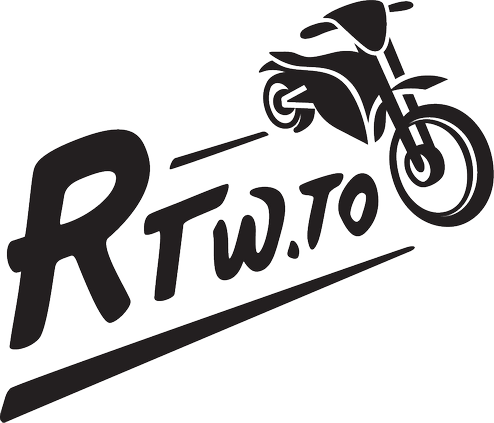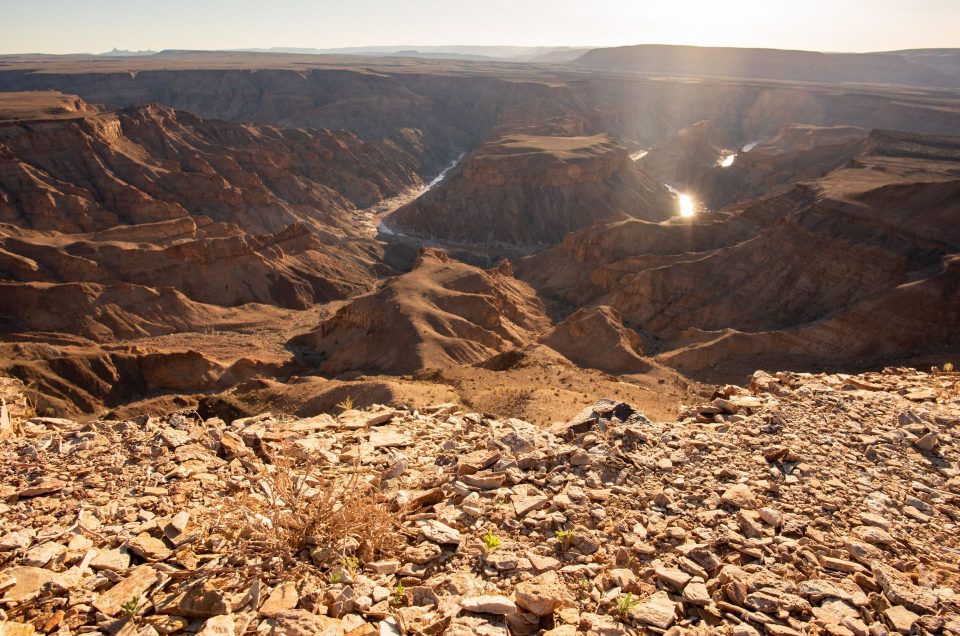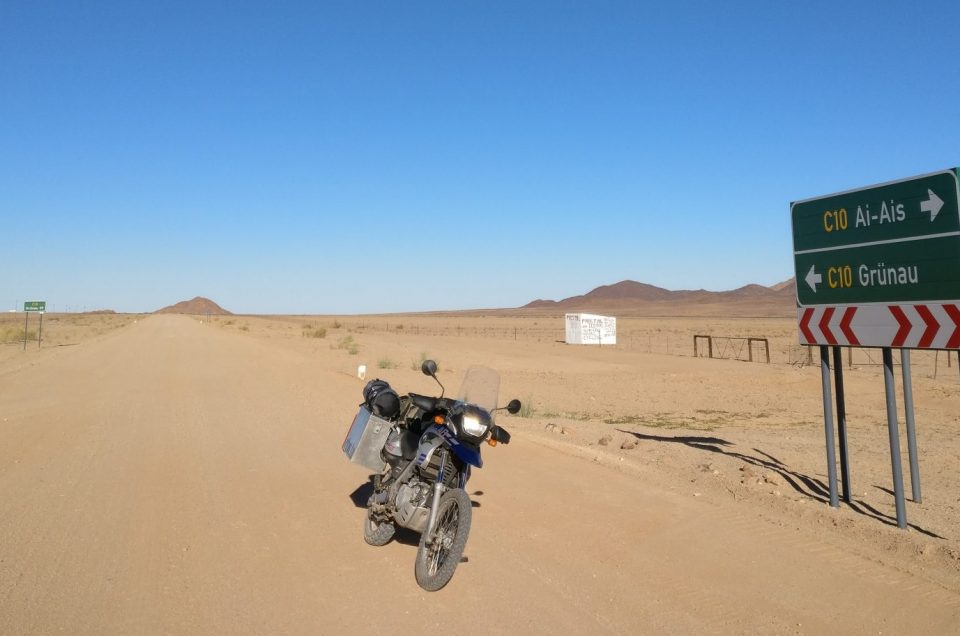Here I am, at the third host, just having booked the fourth one. fourth place I booked, with the visa for Namibia in my passport and the cold gone. It feels like the whole Universe is plotting against me leaving on the trip. The plan was for me to arrive to Cape Town on February 6 and for the motorcycle to get here on February 12. Things did not go as planned, funny enough due to issues with a stamp in Ireland, about which I will be writing after this whole shipping ordeal is over. Because of that delay, the motorcycle got to the Cape Town port on February 26, last Monday. It took the transporter four days to move the container from the port to a depot and to unload the crate from the container. Of course, a customs examination had to be booked by my agent and they could not make it happen this Friday. It’s now scheduled for Monday morning. I am not even dreaming that I will be able to get my hands on my motorcycle on Monday, because I am sure something else will come up that will need more time to be completed, maybe another four-five days, another weekend and thus, another week.
March 6 will mark one month since I’ve arrived in Cape Town. In this time, I have visited many places and had wonderful company. Moreover, it was nice to just not have to do anything for a change, to just read and enjoy the warm weather.
First accommodation
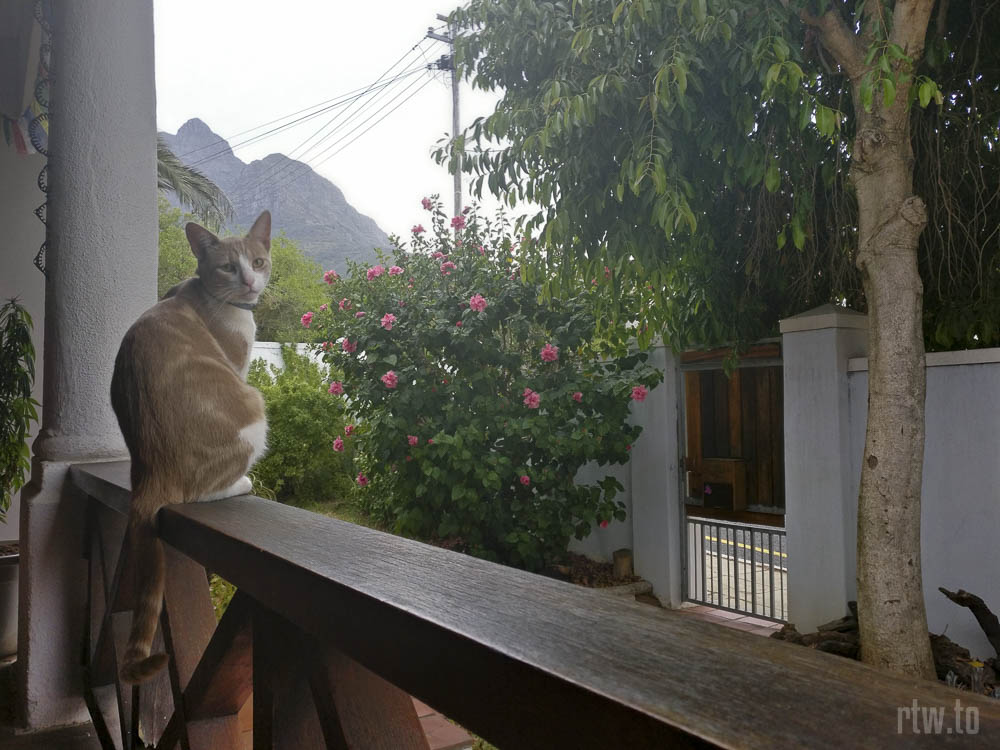
The first Airbnb host, Alistair had a nice large house near Mowbray, a neighborhood of Cape Town. After trying all the methods of getting to the city center and back (Taxify, train and van taxi) I settled on the cheapest option: van taxis. After some time, I’ve found out that these van taxis are used by the people from the “informal settlements” to get to the city center.
Until I fix the Youtube embed, you can check out what I am talking about here.
I’ve had no problems using them myself, even though most times I was the only white person inside. The money collectors / door openers / yellers were always fair and never asked for more money than the usual fare.
Slave Lodge museum
The first attraction I’ve visited around Cape Town was the Slave Lodge, to get some perspective and to learn about Cape Town’s history. Long story short, the first Europeans to discover the Cape in 1488 were the Portuguese. In 1652, Jan van Riebeeck (employee of the Dutch East India Company) was sent to create a colony there, to provide the passing ships with fresh water and produce. The settlers exchanged goods with the native Khoisan people. These people refused to give slaves to the Dutch. The first slaves were brought from Java and Madagascar to work the lands.
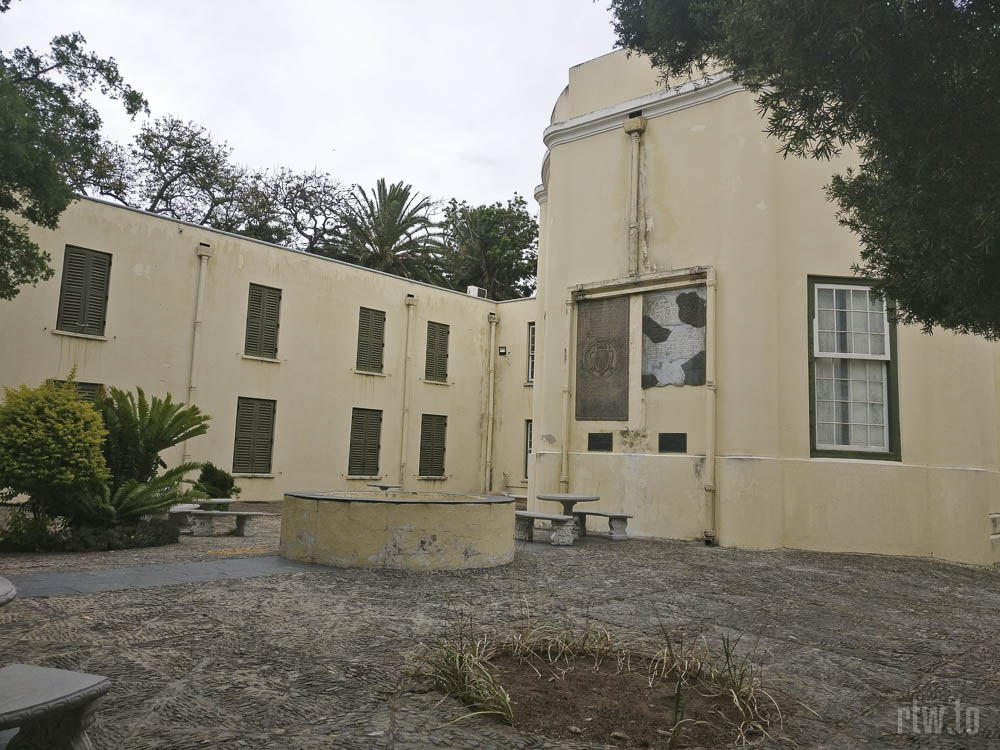
The Slave Lodge is one of the oldest buildings in Cape Town and it was build in 1679 by the Dutch East India Company; this is where the slaves used to live, in filthy conditions. That part of history can be seen today in the names of the descendants: when slaves were brought in, they were given new names, the family name being the month in which they were brought in (May, July, December etc.).
Cape Point, Cape of Good Hope and penguins
On February 22, I booked this day tour to Cape Point, Cape of Good Hope and to watch the penguins on Boulders Beach. I was not disappointed.
Cape of Good Hope is the most southern point of the Cape Peninsula and is situated inside the Table Mountain National Park. Cape Point is a section in the south of the park that is kept wild that also contains the Cape of Good Hope and Cape Point, where two lighthouses are located. Our guide told us that the people used to learn in school the false fact that Cape of Good Hope is the most southern point of the African continent and that it is here where the warm Indian ocean meets the cold Atlantic one. This, however is not true but still happens at Cape Agulhas, where I intend to start my journey north.
After a short hike (I did not want to take the cable car up) I reached the old lighthouse.
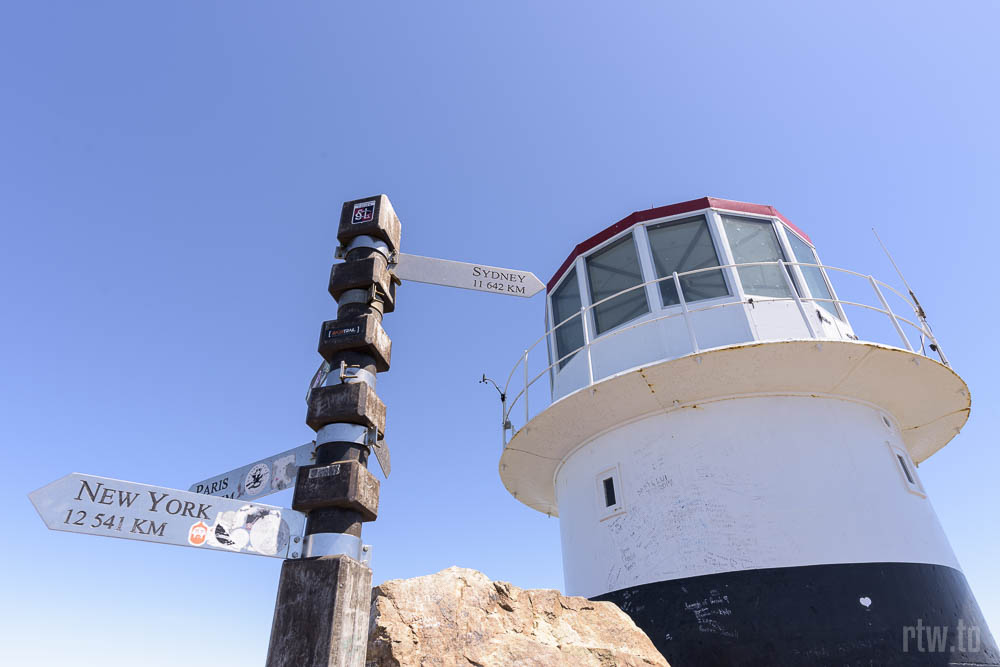
I took some photos and hurried to the observation point above the new lighthouse. The new lighthouse is the most powerful in South Africa and has a range of 101 kilometers.
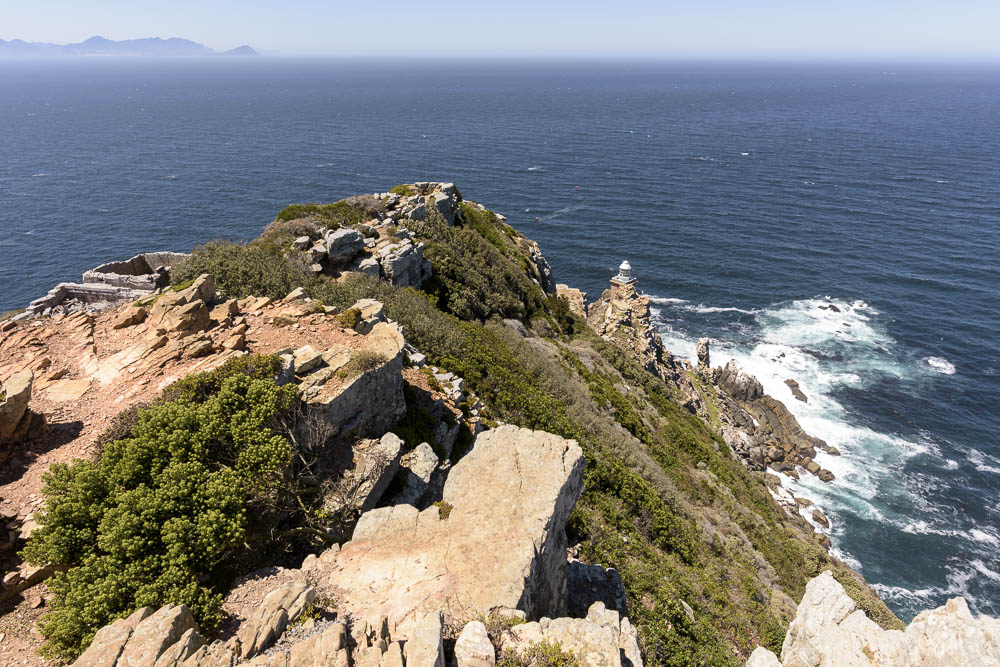
There are two lighthouses because the old one was too high to be seen by ships in foggy conditions and also, because in good weather ships saw the lighthouse too early and approached too closely from the west.
After this, we went on a hike on the coast from Cape Point towards Cape of Good Hope and on the way saw beautiful white sand beaches, antelopes, ostriches and other wildlife.
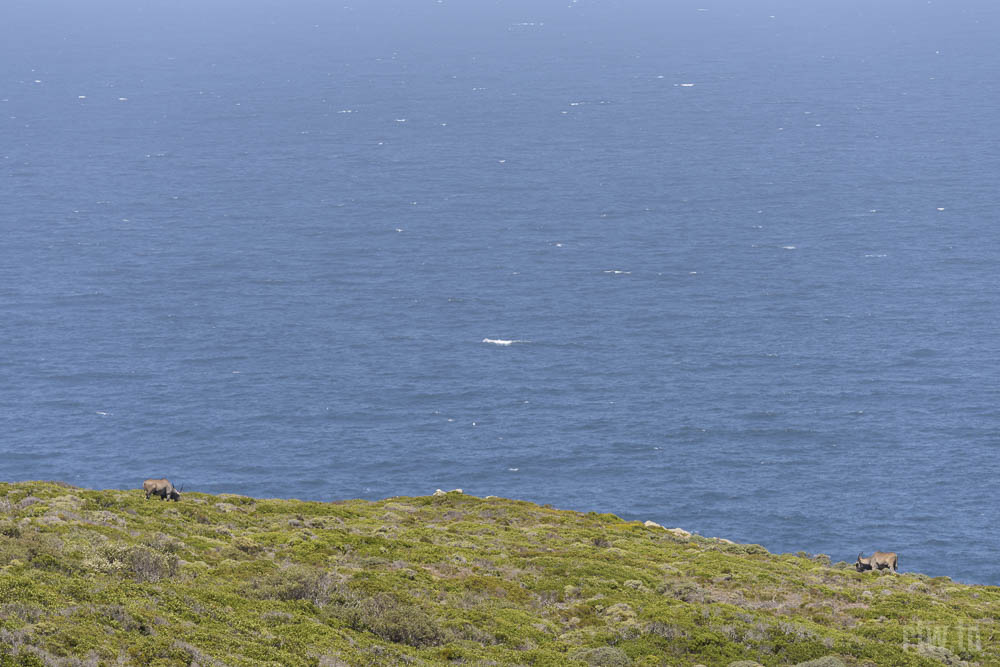
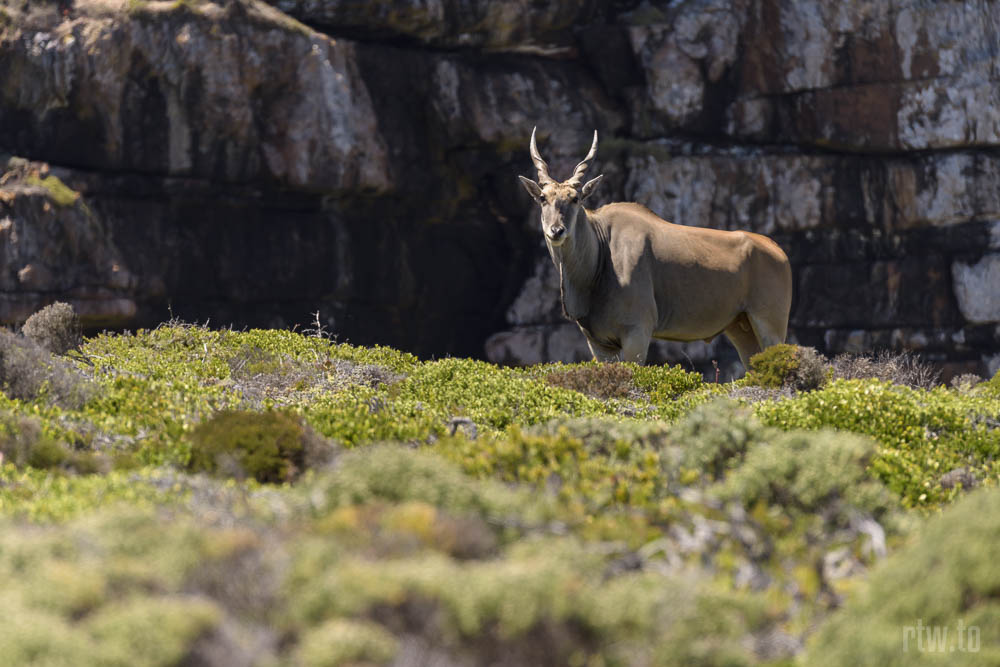
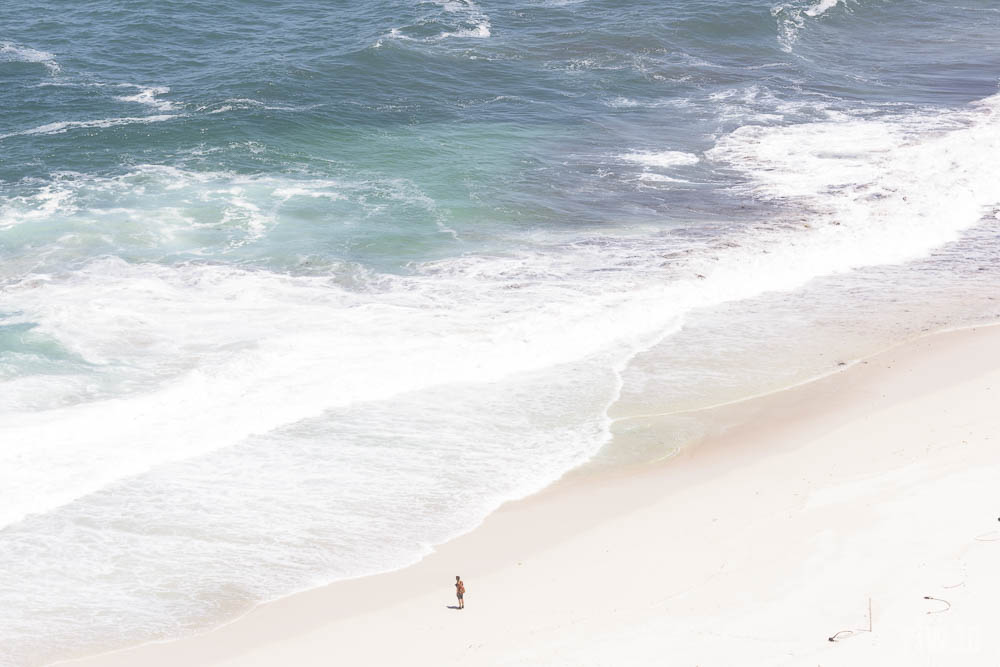
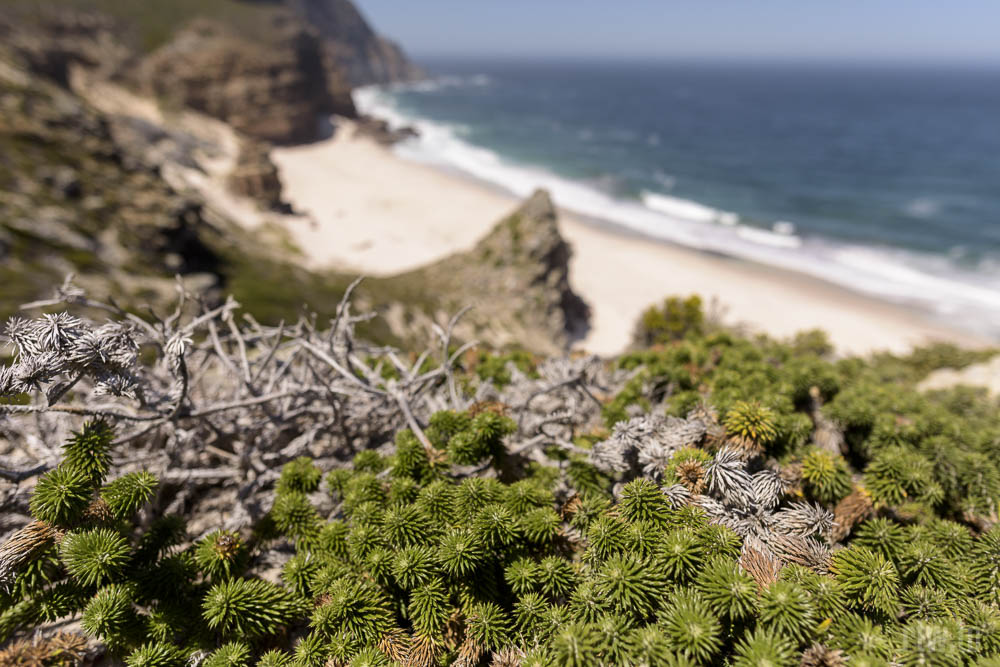
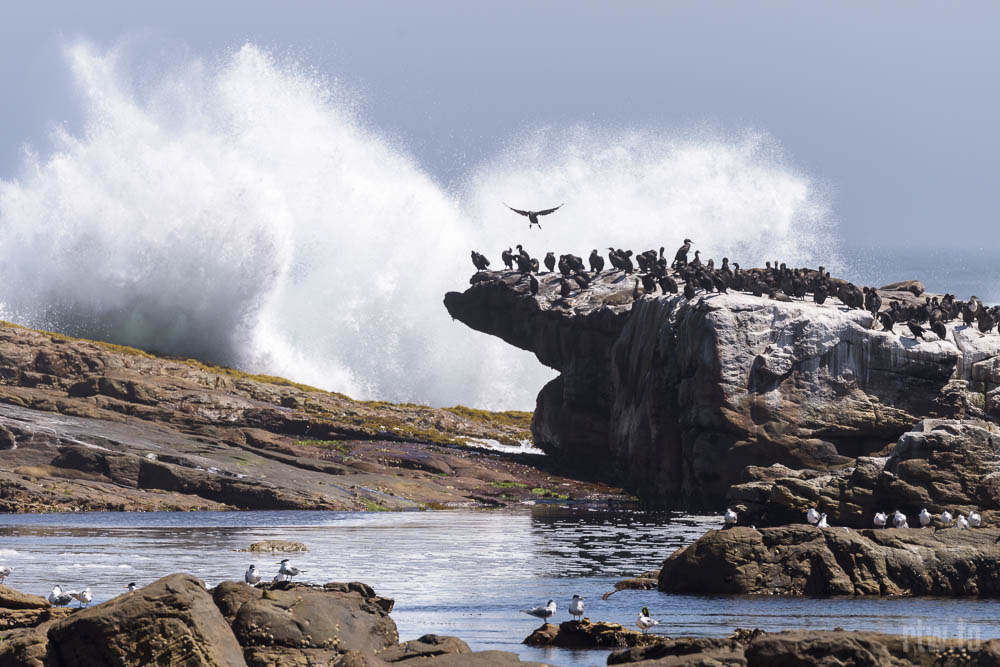
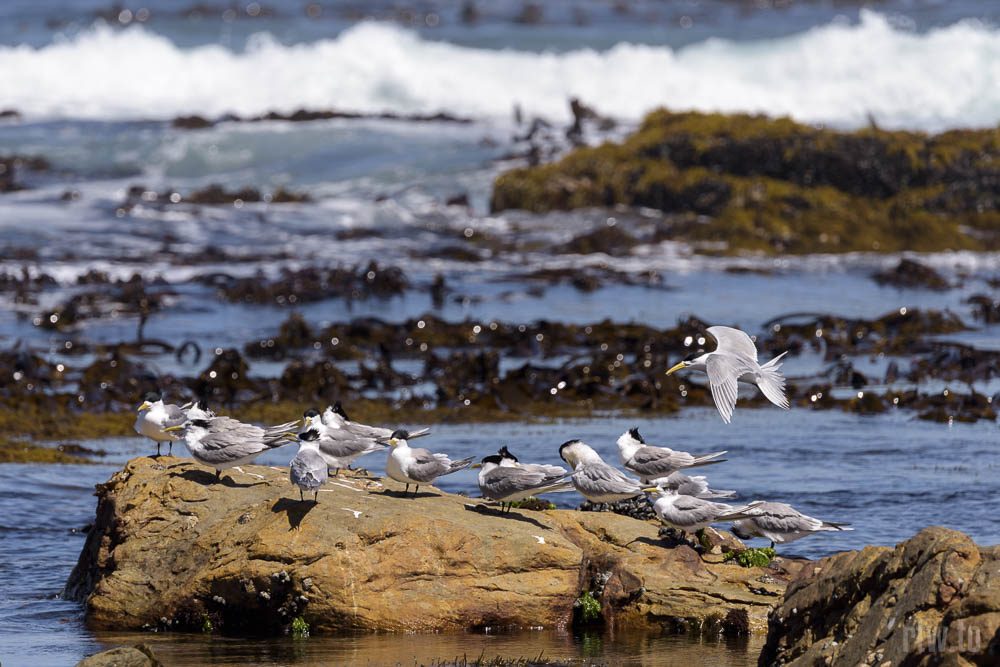
It was written everywhere not to feed the baboons, but I have not seen any.
Penguins at Boulder Beach
After a slight detour due to a guy that got lost, that did not understand the correct time to return even though the guide repeated it multiple times in slow motion, we went to our next objective, to watch the penguins. Our guide told us that this beach is the only one in South Africa that has an access fee. There, we walked on boardwalks built above the penguin nests.
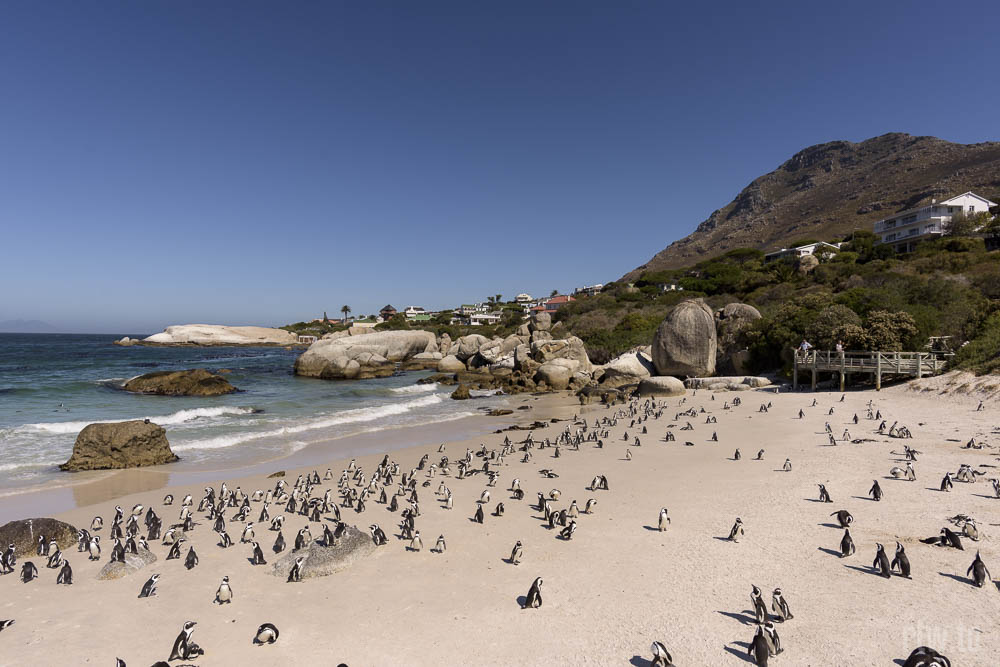
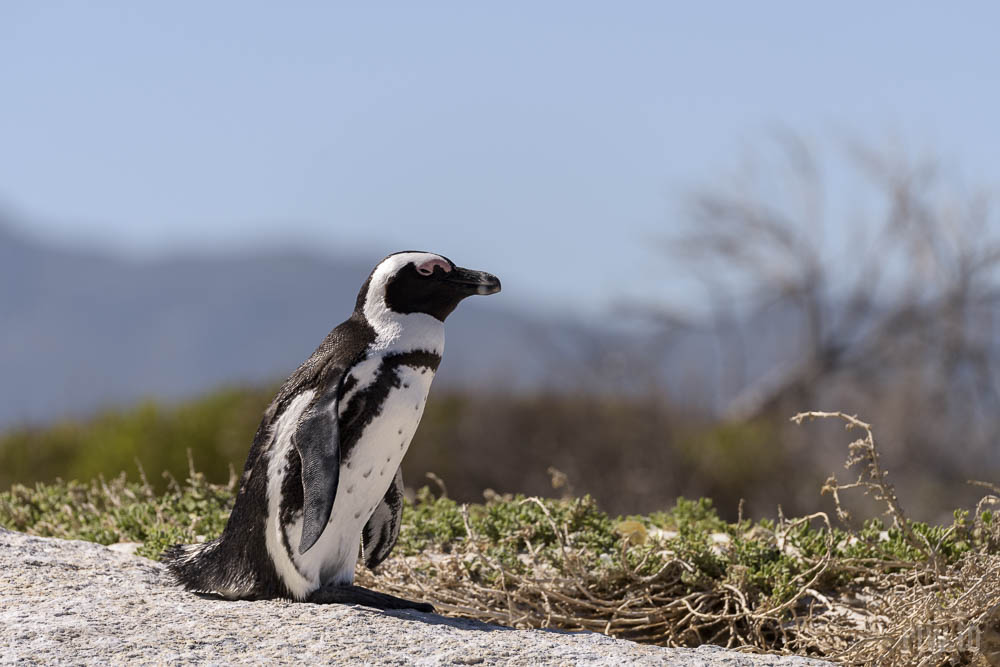
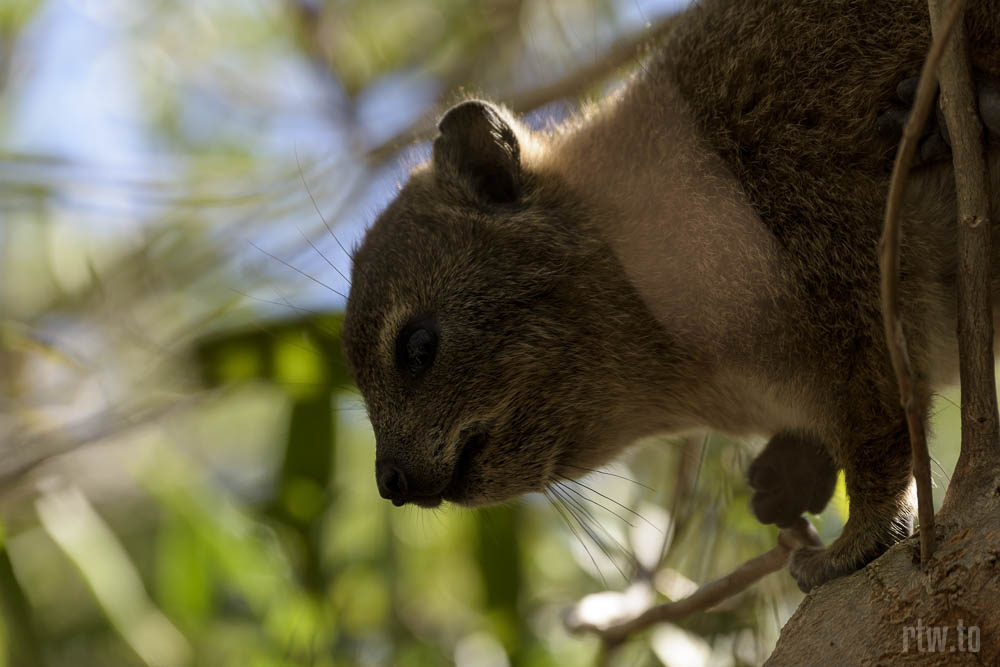
We got back to Cape Town in the evening.
Drought in Cape Town
I find the level of mobilization amazing regarding the drought, which has been around for a few years, but only this year has reached critical levels. Cape Town’s main water supply lies in water reservoirs, which have reached dangerously low levels; initially, they predicted day zero (when they will cut off water supply to the population) to be in February and recently they moved it to July. Everybody is very aware of the problem and tries to save as much water as possible; the level of mobilization is amazing, considering the deep division between different classes of population in Cape Town.
Second accommodation
The second place I’ve booked was a room inside an apartment in the Disa Park. Disa Park consists of three buildings, which were build due to a loophole in the laws concerning Table Mountain National Park. It is forbidden to build the foundation higher than a certain altitude, but that did not prevent them to build the three 13-story round towers above the foundation. These towers are referred by the locals as the salt, pepper and mustard.
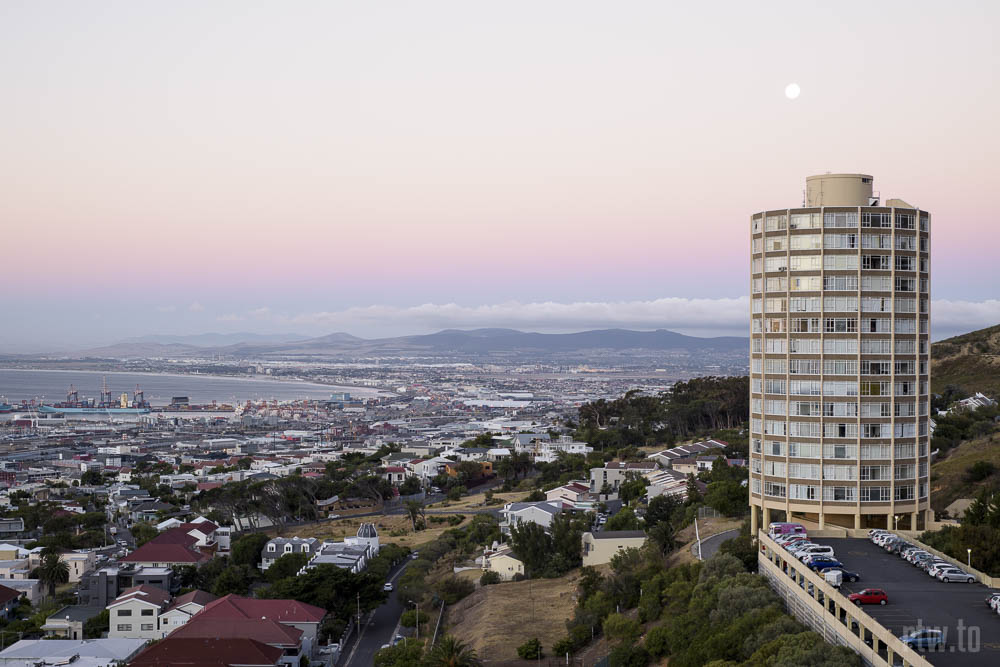
I have to say that the views there have been fantastic.
The people and braai
In South Africa, even though things are not moving as I am used to, has the best people. My first host, Alistair invited me to a braai get-together with his friends. I accepted, even though I had to look up on the Internet what that was (a grill). It was a good way to spend some time and to meet interesting people. We ended up drinking beer, smoking weed and just relaxing near the pool.
When I was staying at my second host, I started talking with some guys in the elevator. One evening, I went to them with some beer, found out that they were models and also had other side jobs. Malcolm gave me insight into what their life is like and it was nice hearing it straight from the horse’s mouth, in between puffs of weed. Later on, Bianca joined us together with two dogs and then we had to move to her place, after having found out dogs weren’t allowed in the building. They even invited me to a braai, that I could not go to because I had booked a three-day ticket for the City Sightseeing red buses to explore the surroundings more.
Lion’s Head
One afternoon, I decided on hiking the Lion’s Head and watching the sunset from there. I took an Uber to the bottom of the mountain and then started hiking uphill. The hike was delightful, with some sections having chains and ladders.
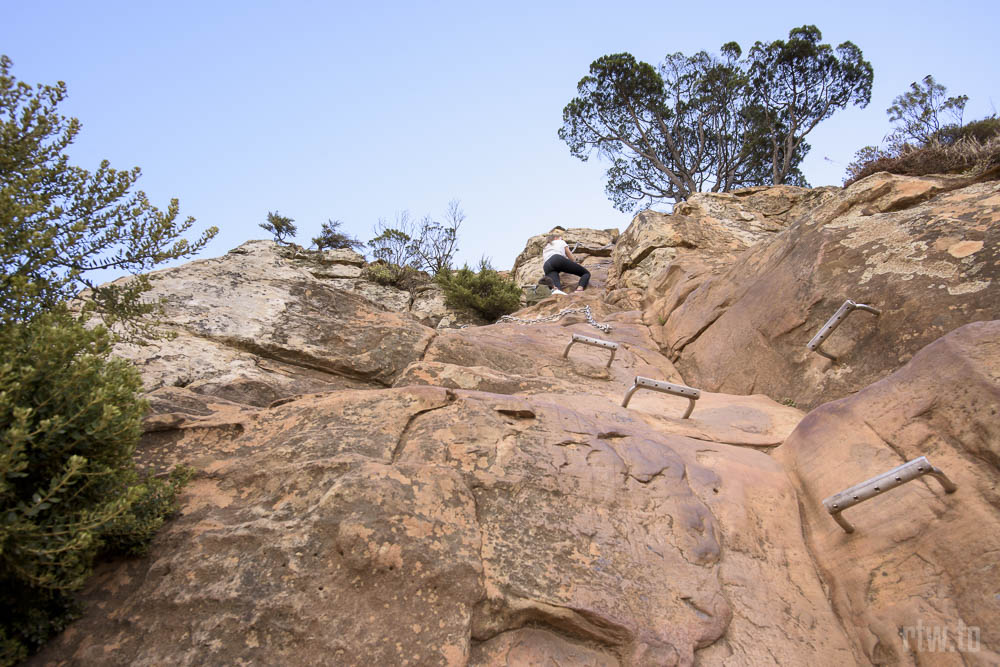
The views from the top were nothing short of phenomenal, even though it could had been a little warmer. The cold, powerful wind made it feel like 16C: hello again, Ireland! At least, there was no rain. I regret not having looked after the cross that António de Saldanha carved in the rock of the mountain in 1503.
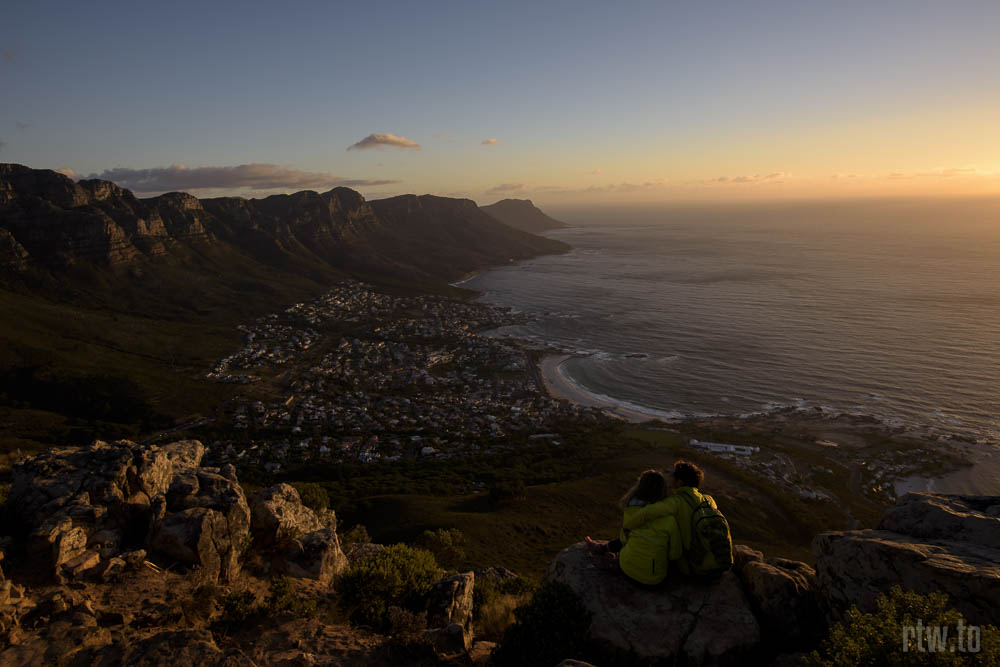
On my way back, I started talking with a couple and a girl. The couple were locals and the girl was from the US, working remotely. They ended up giving both of us a lift to our accommodation. Again, random Captownians, amazing people!
World of Birds wildlife sanctuary and monkey jungle
The next day, I decided to use the three-day City Sightseeing ticket I had acquired. First stop, the wildlife sanctuary. What amazed me was the story behind it, how the founder (after having lost his business in Cape Town) had to move all the animals to another field nearby without a car. After one year of using a cart to move all the animals, some dogs entered the enclosures and killed three fourths of them. Somehow, with the help of neighbors he found the power to carry on.
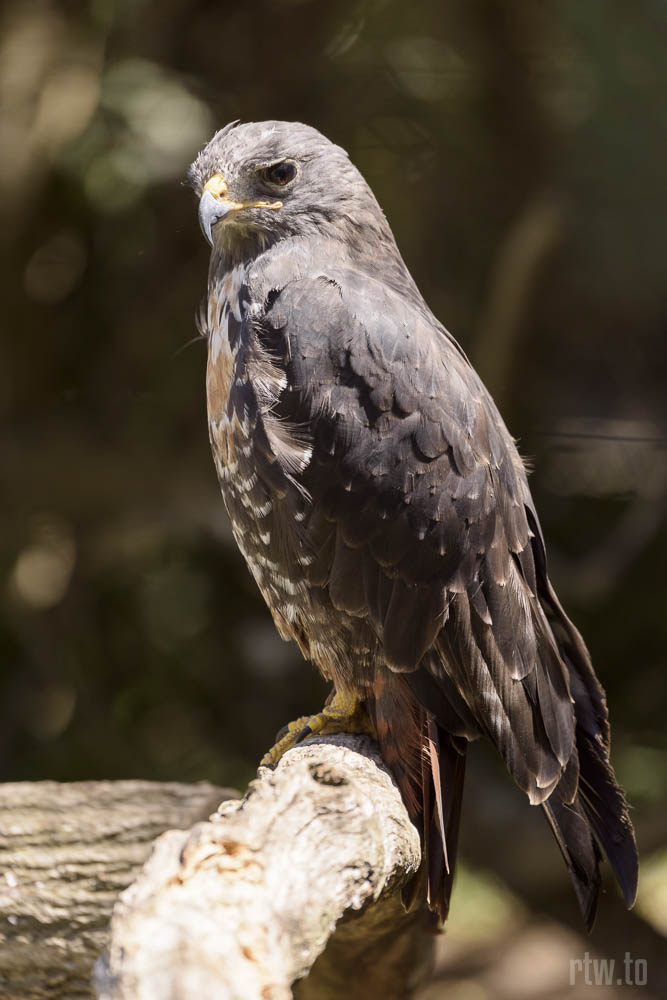
Most of the animals in the sanctuary have been donated or rescued.
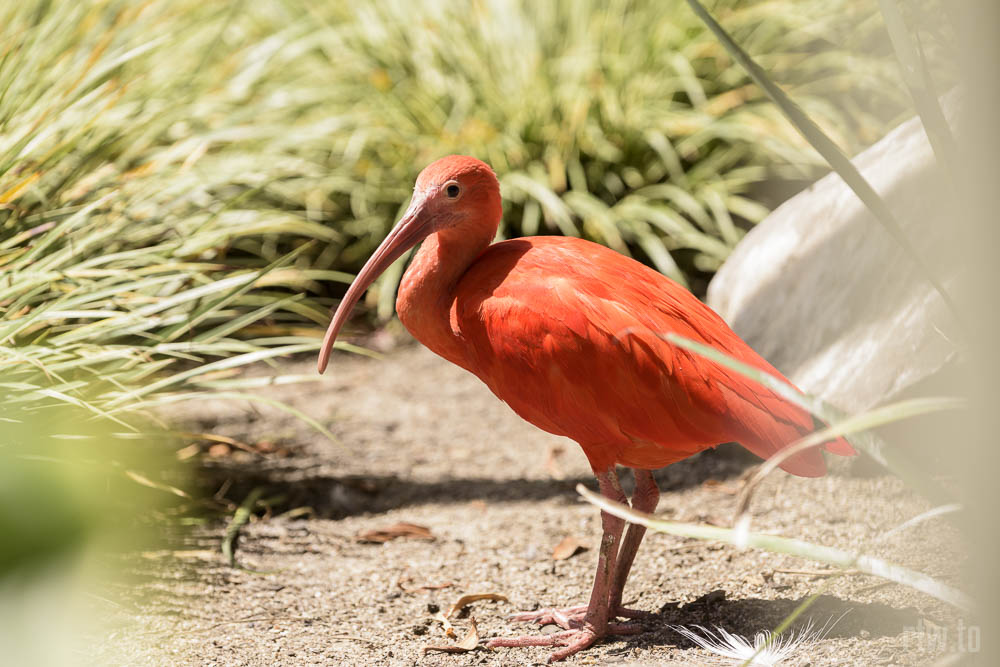
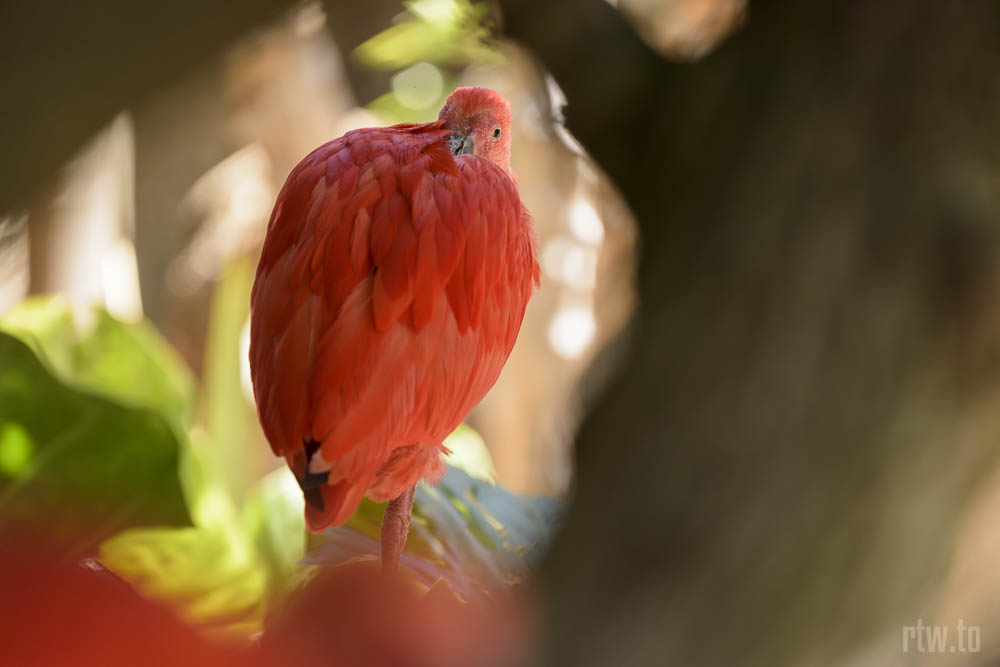
The section with friendly monkeys was interesting, as I’ve never had monkeys climbing on me, sitting on my head or trying to open my backpack, for the matter.
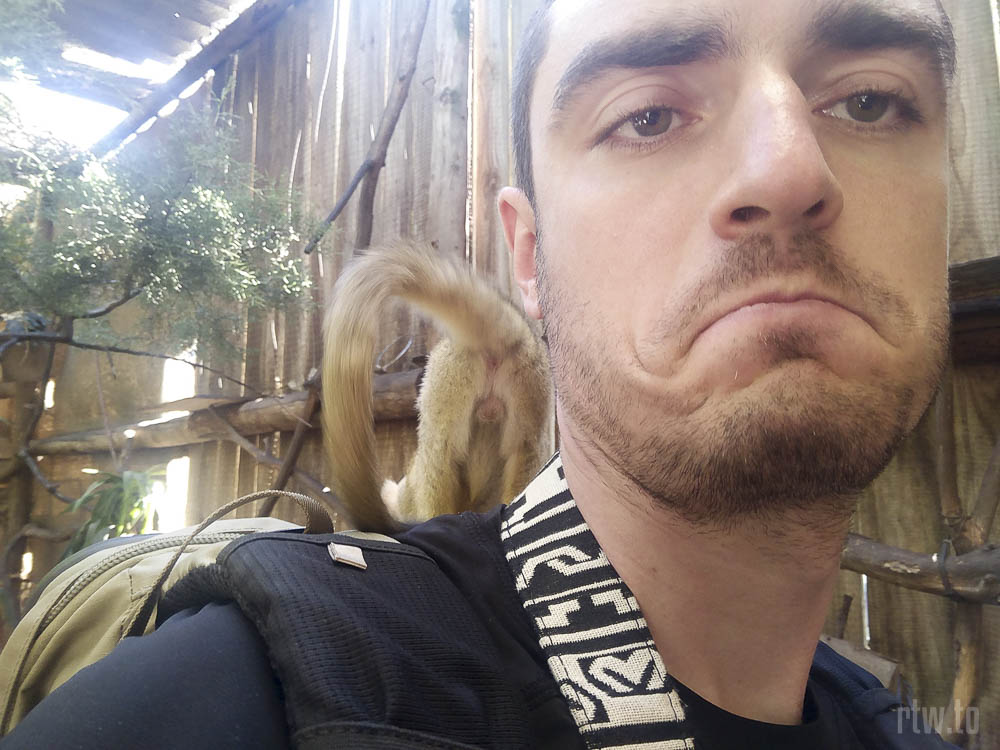
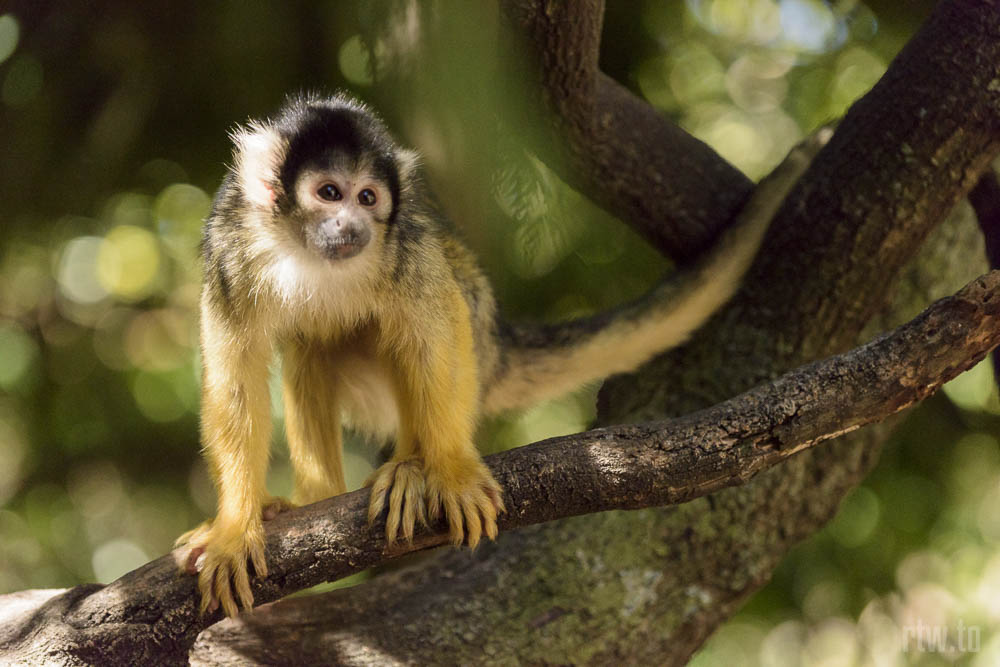
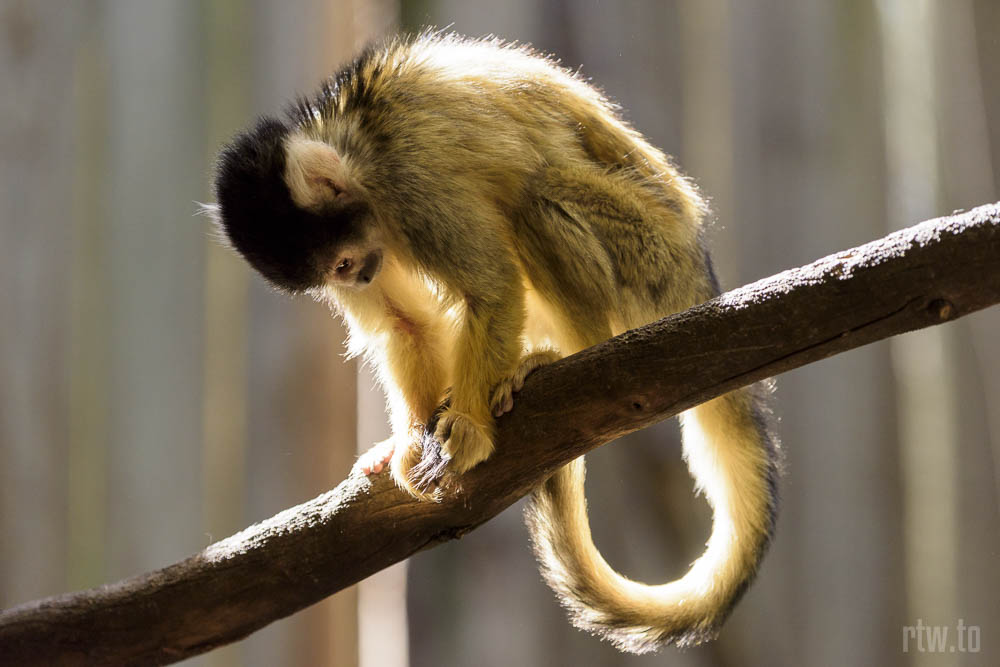
Hout Bay
My next stop was Hout Bay, where I ate some fish and chips and had a local craft beer.
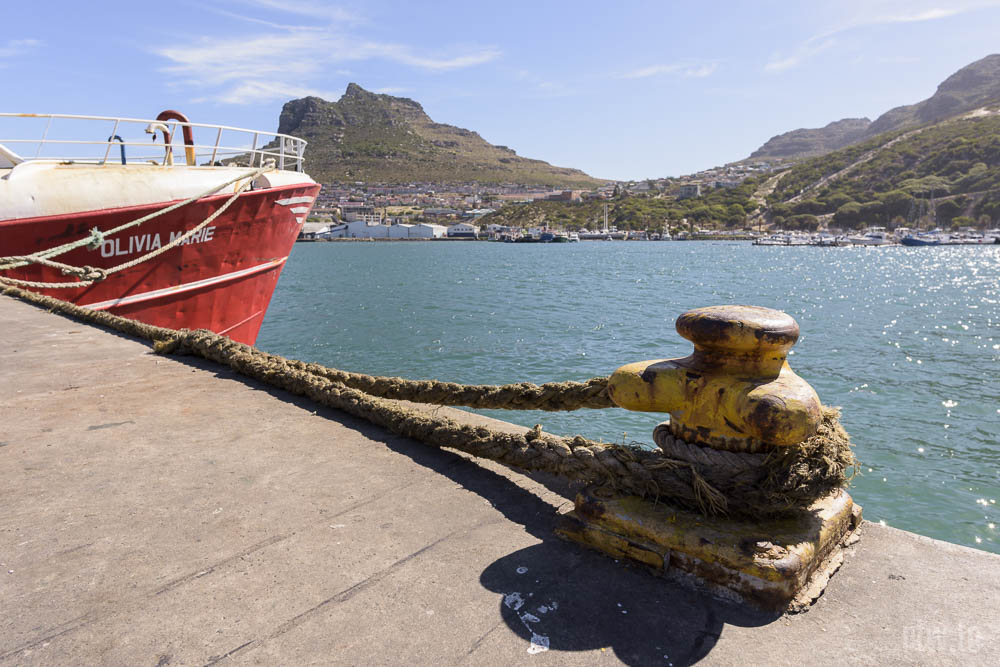
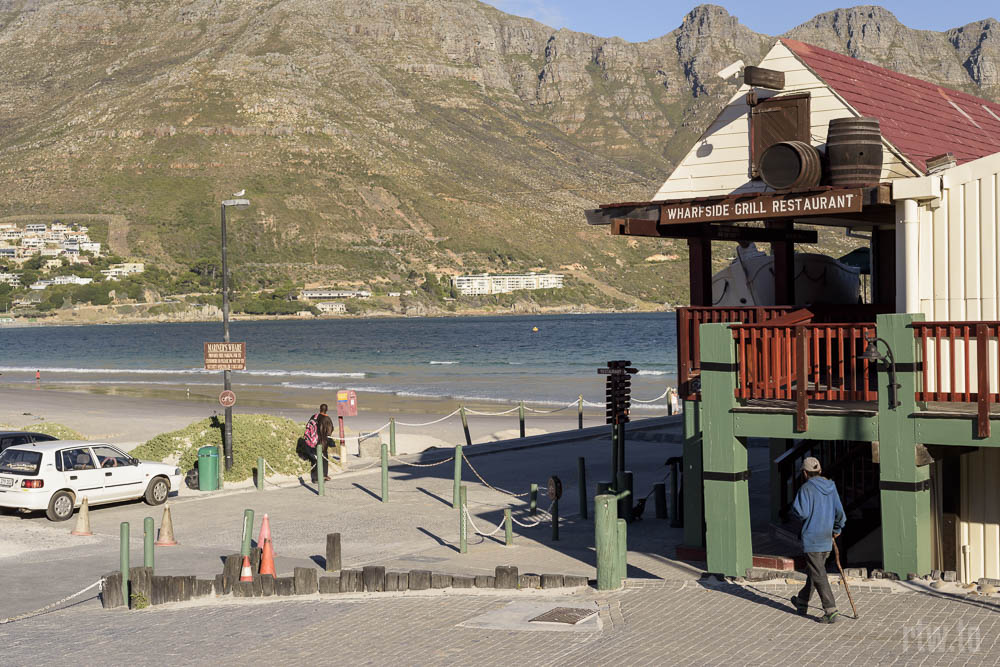
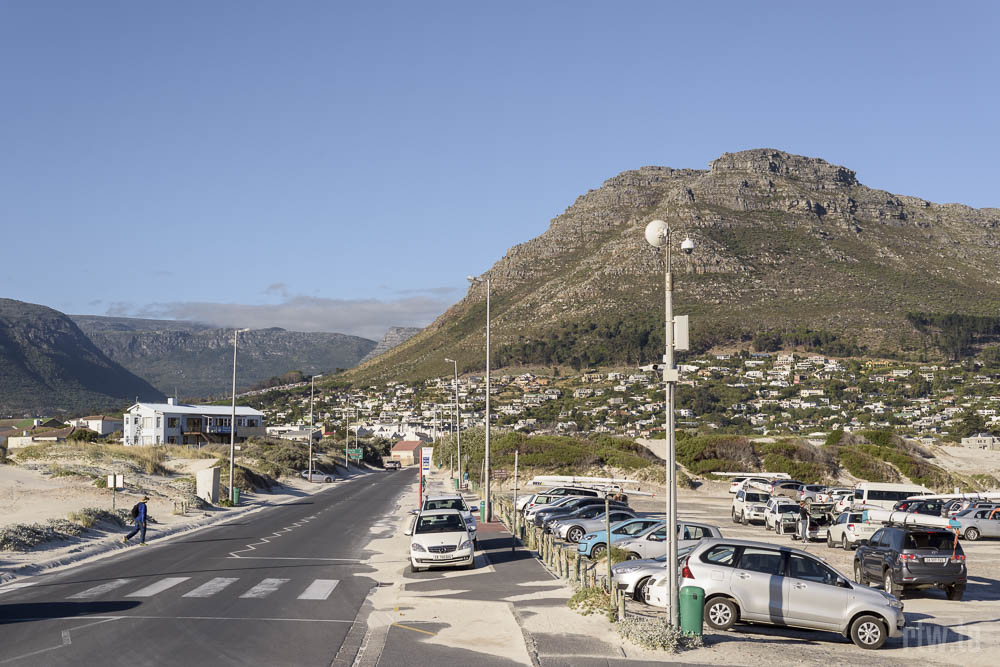
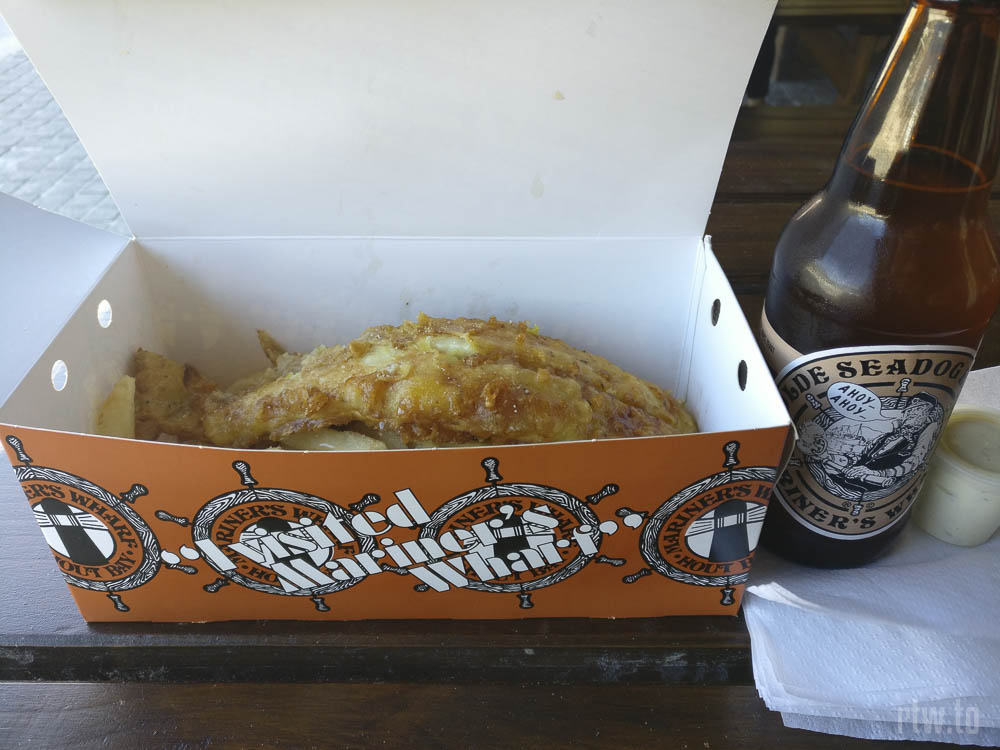
Sunset from the Signal Hill
I was just in time to hop on another bus, which took me to the top of Signal Hill, to watch the sunset from another perspective. There were much more people here than on top of Lion’s Head.
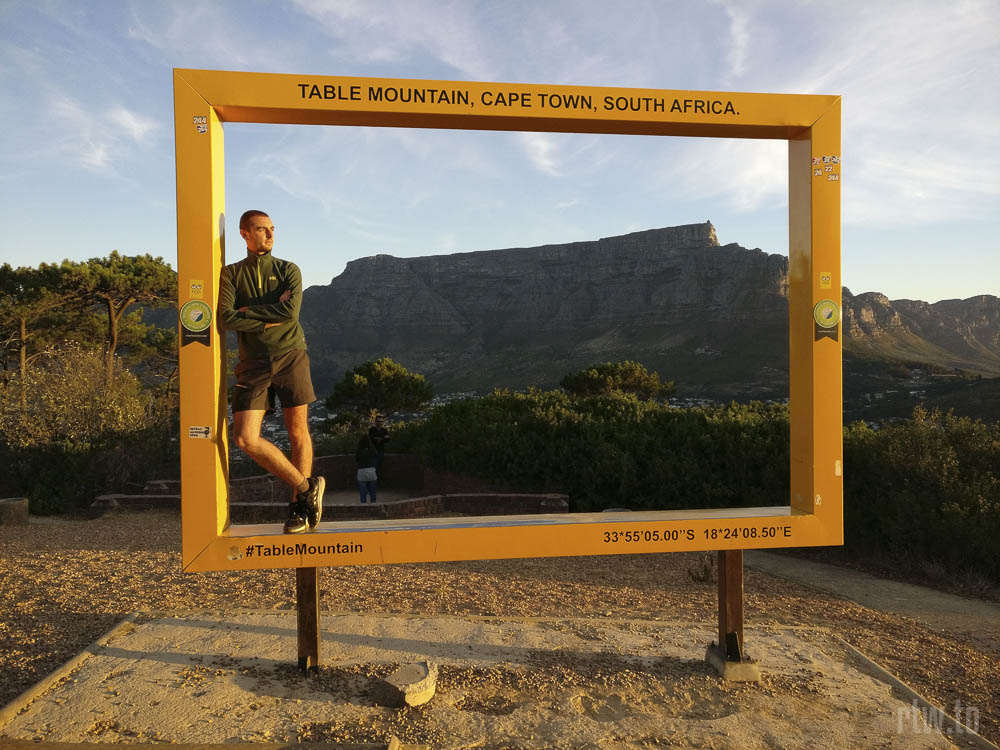
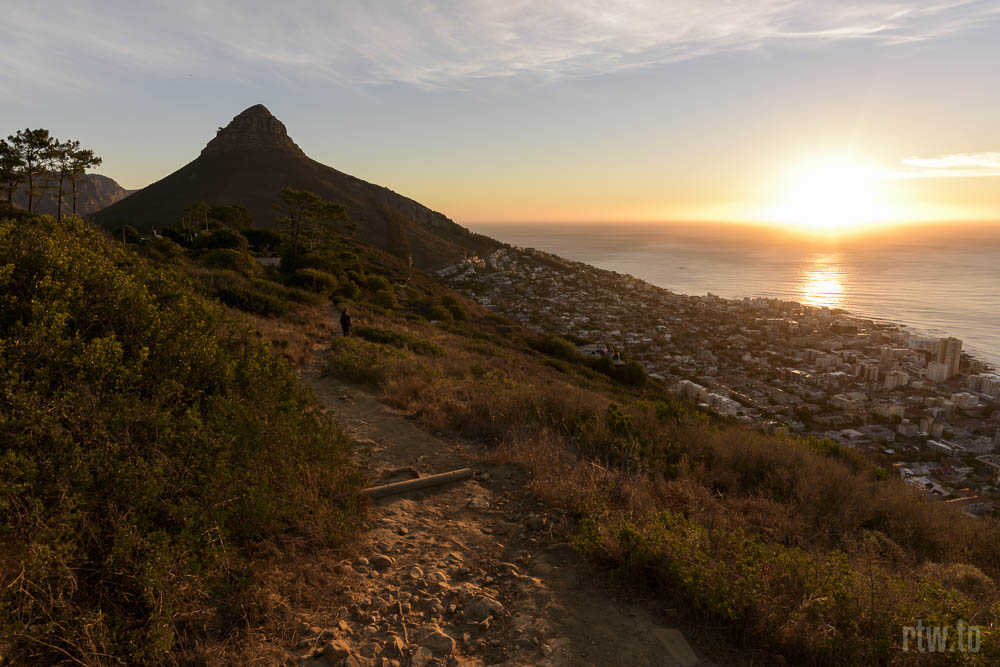
I even got to see the vessel on which my motorcycle was on, MOL Presence. They probably missed their initial time frame for mooring and were waiting for the next window, which happened on Monday, February 26 around 4:00. I tracked the vessel using Marine Traffic.
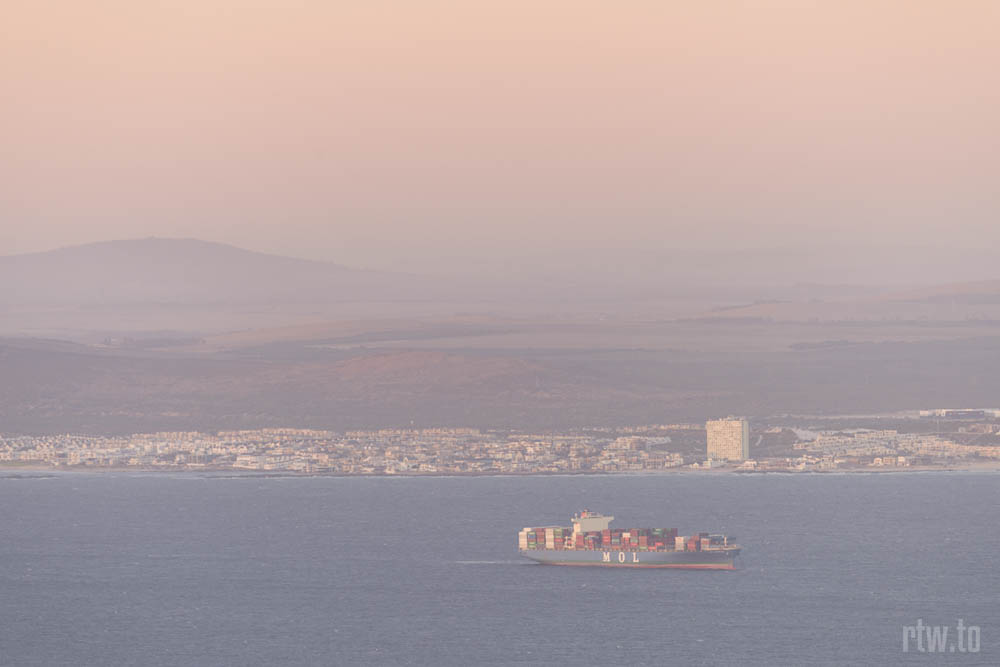
V&A Waterfront
The following day I did a walk around Victoria & Alfred Waterfront, a shopping district and active port of Cape Town which resembled European cities more than African ones. It was named after Queen Victoria and Prince Alfred.
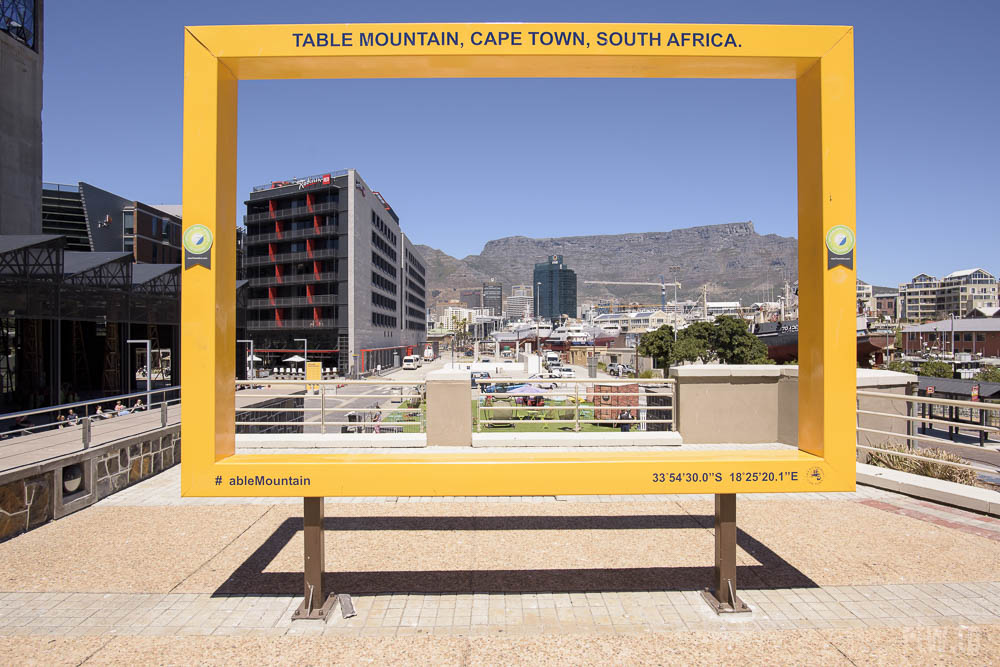
I went on a cruise around the harbor to see the seals, because it was included in the ticket.
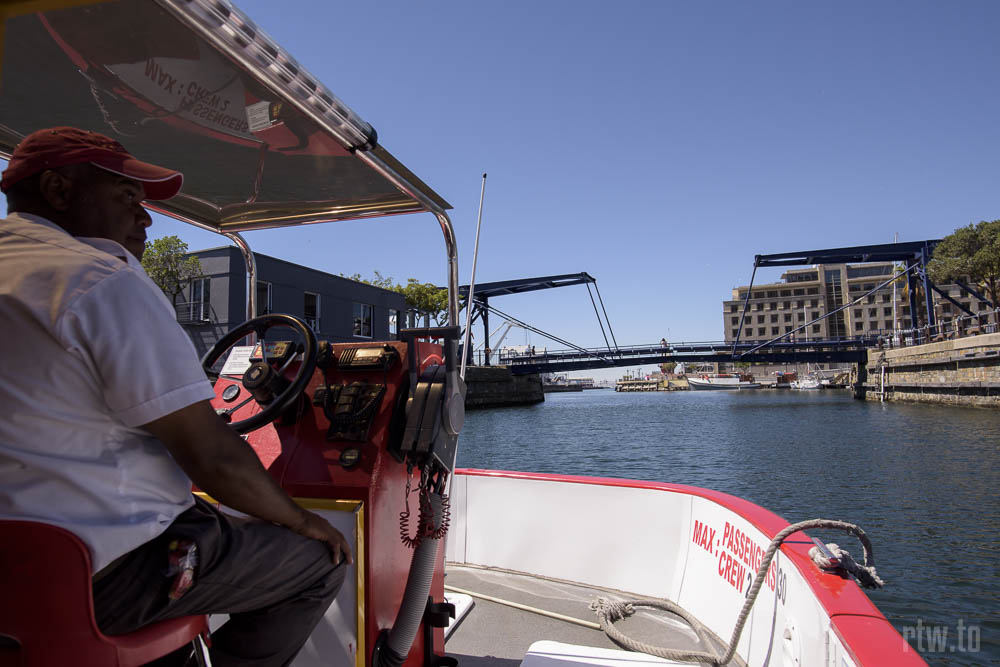
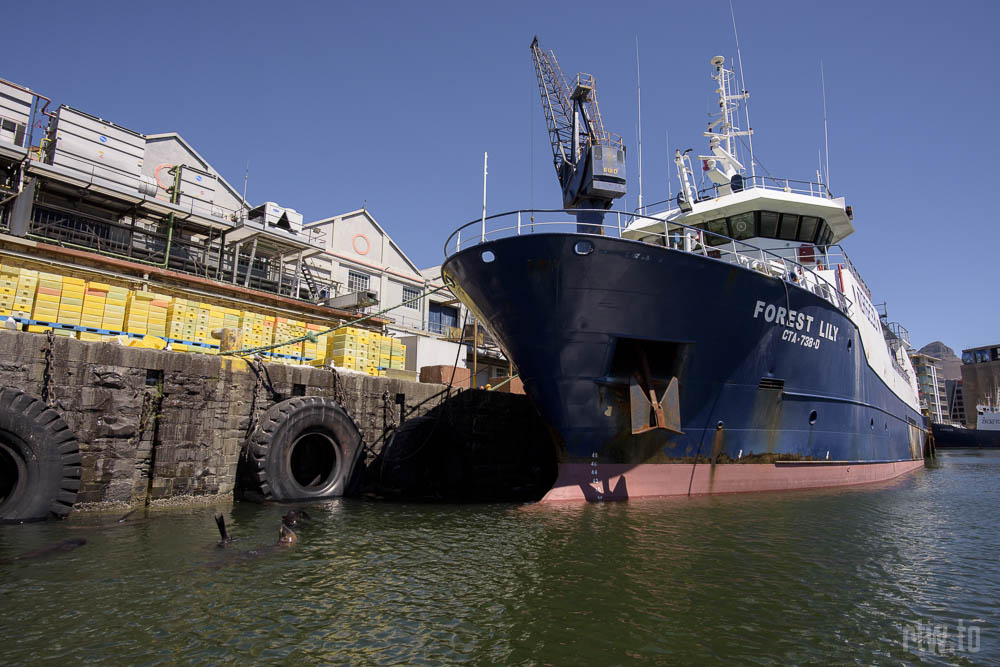
Table Mountain
Because I woke up late, I took the cable car up Table Mountain. The mountain is named so because it’s top is flat, as you can see from the photographs above (from Signal Hill and Lion’s Head).
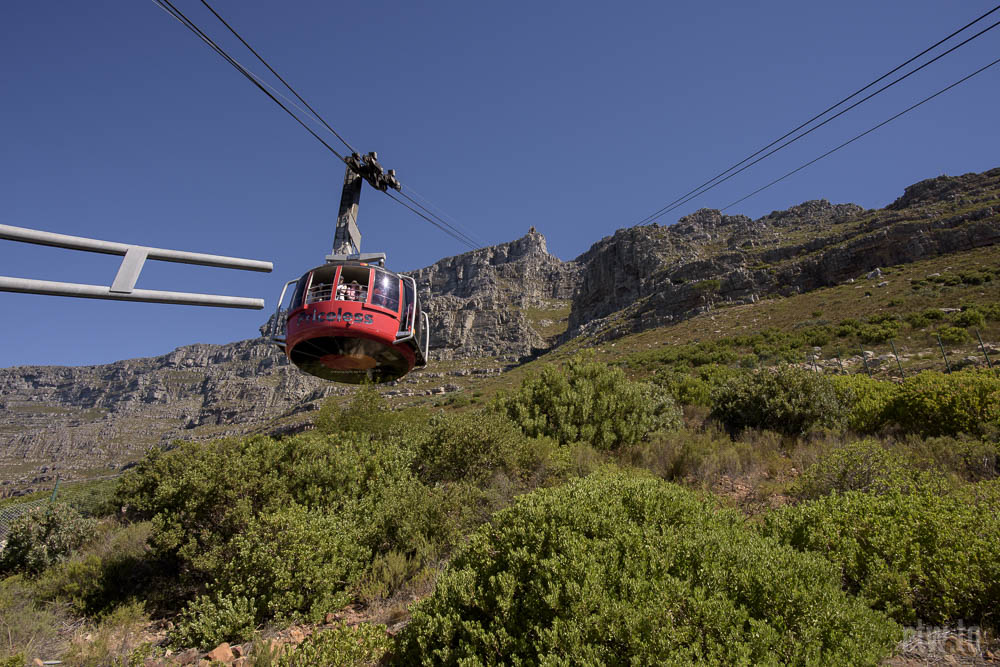
It was the first cable car I used that rotated completely in the inside, to provide a full panorama for all the passengers.
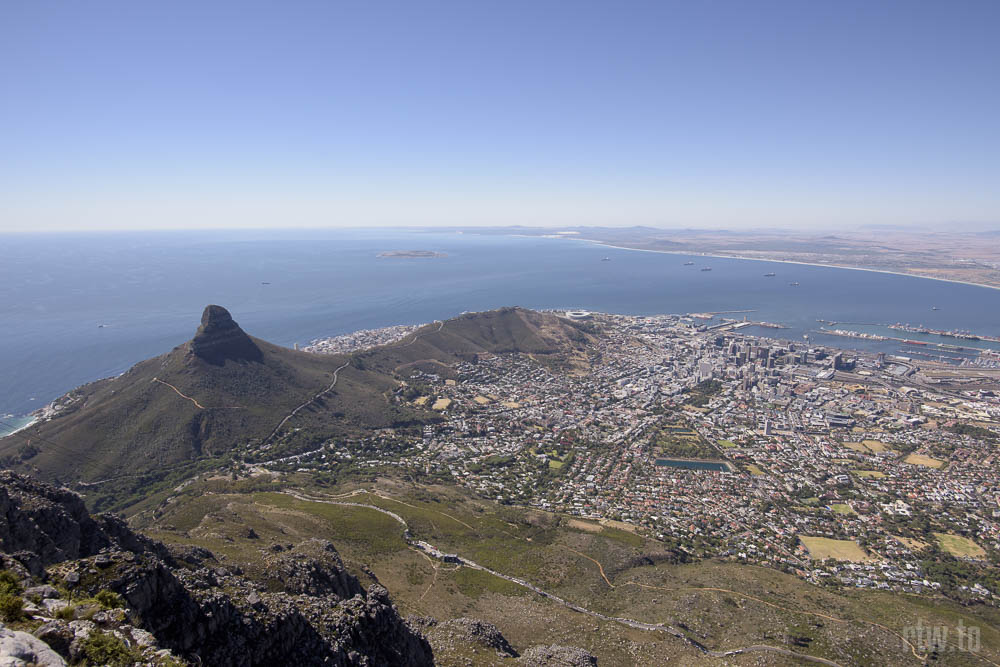
I hiked to the highest point, Maclear’s Beacon (1085m).
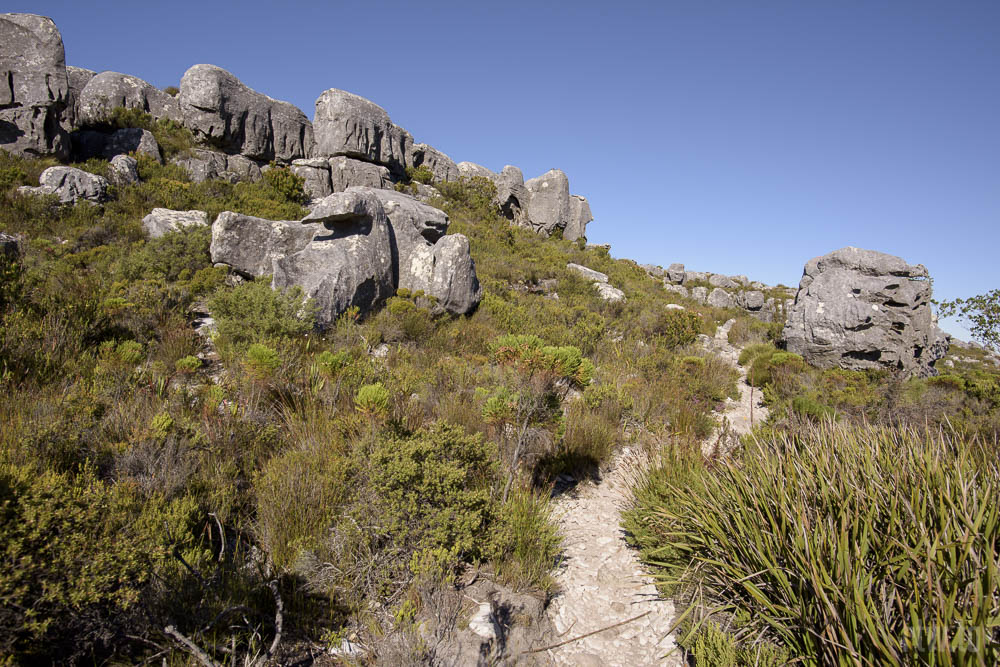
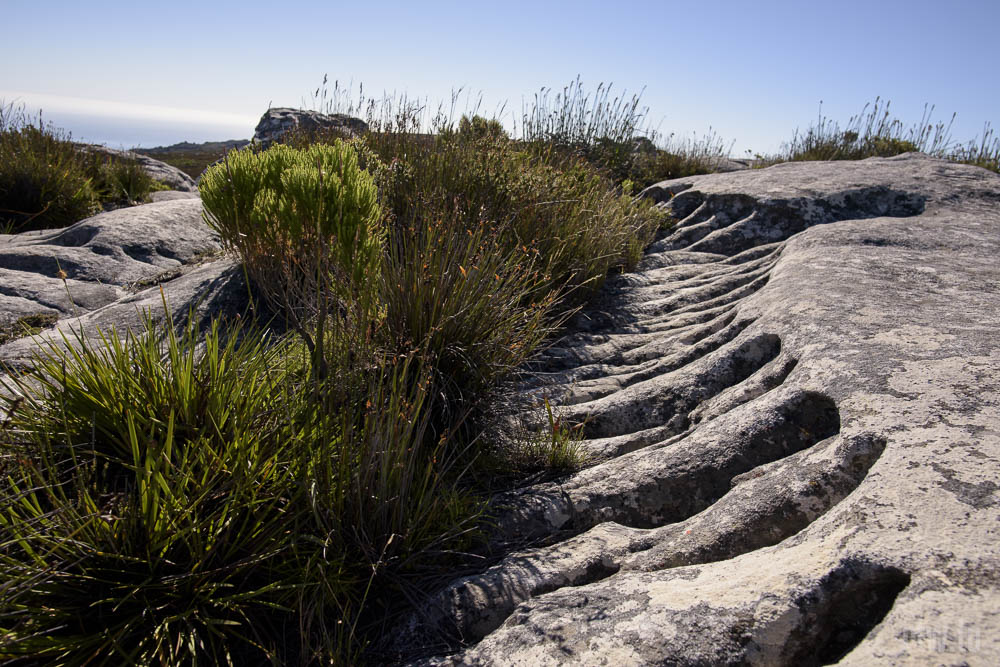
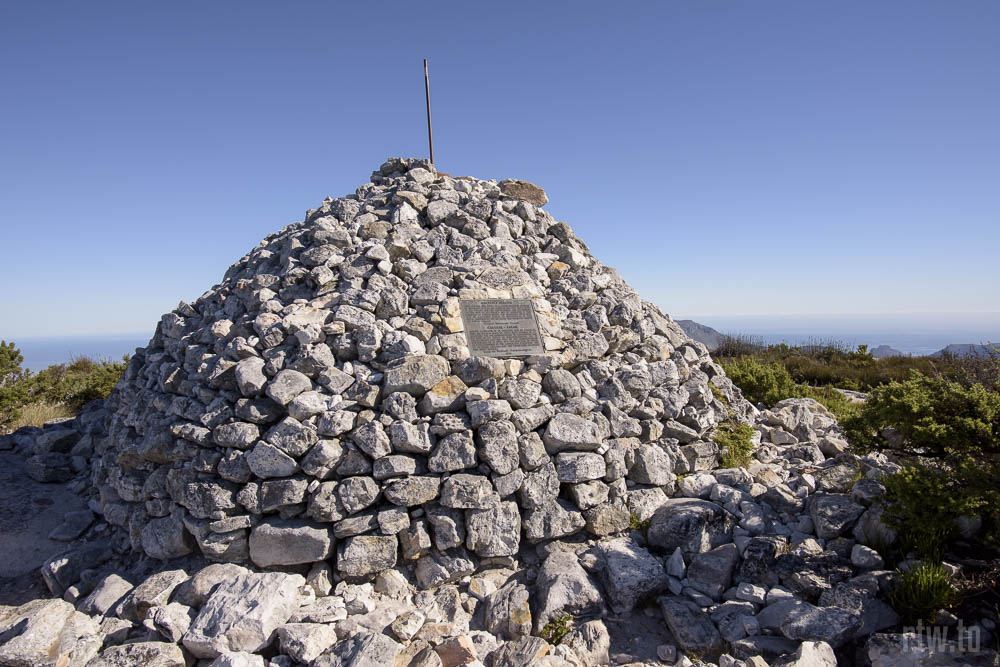
Afterwards, I went back to the cable car and down the mountain. On the way, I’ve seen plenty of wildlife. The mountain was teeming with it.
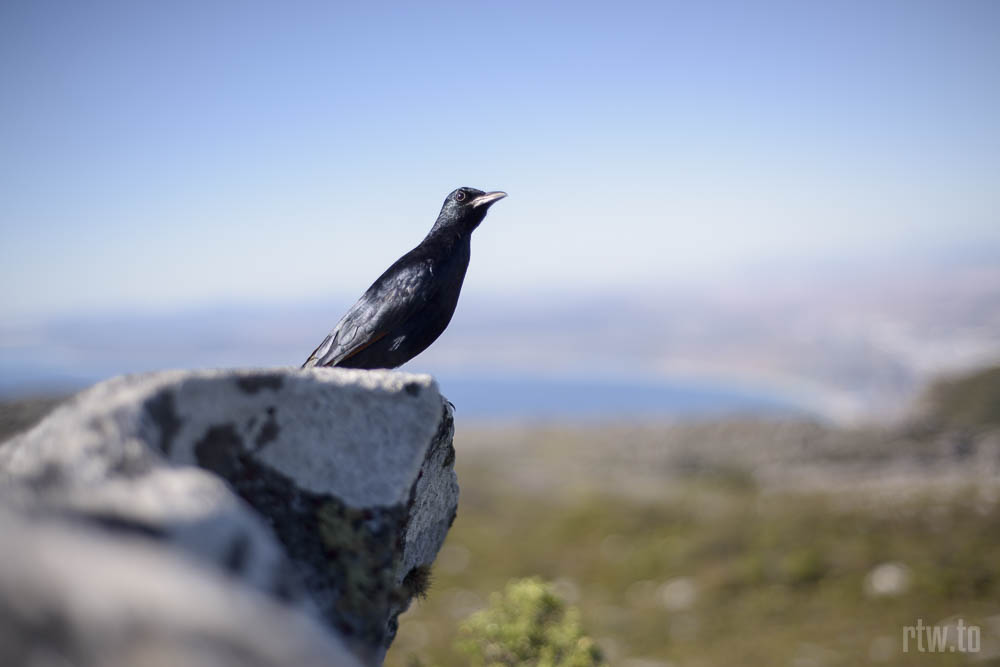
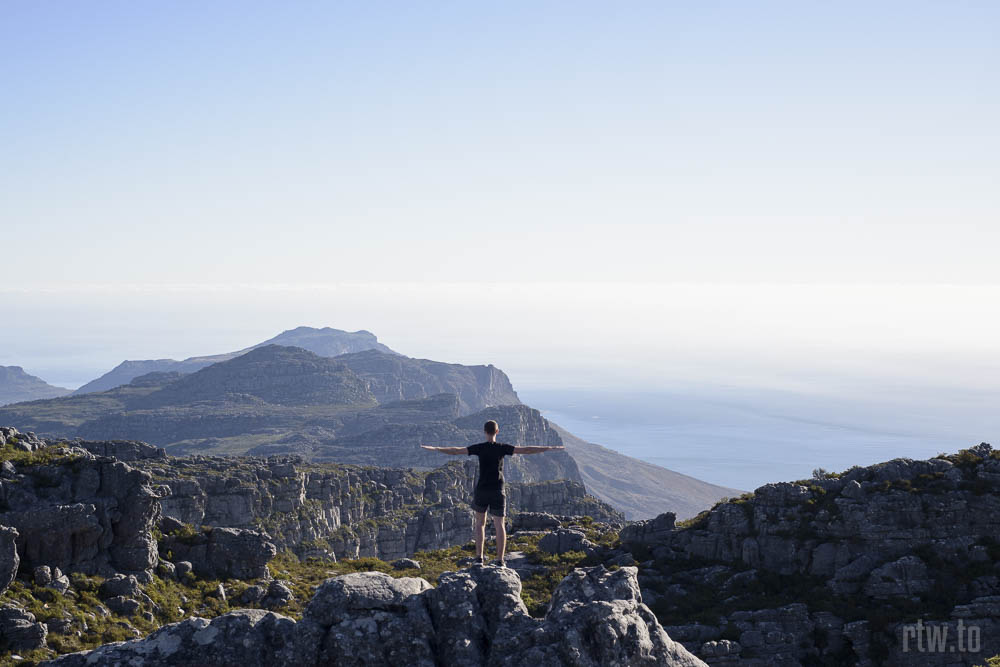
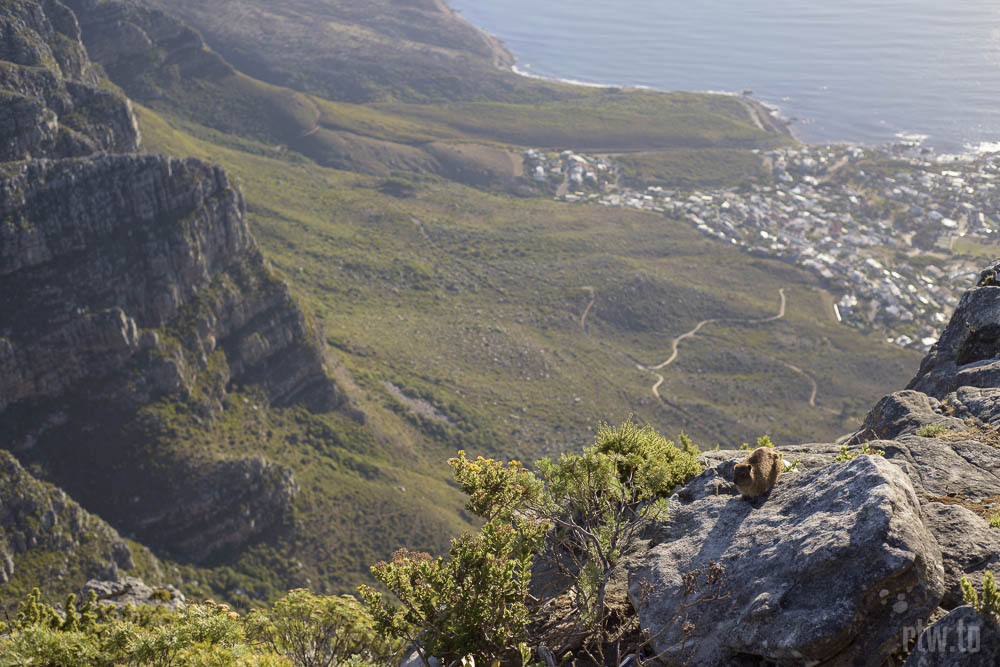
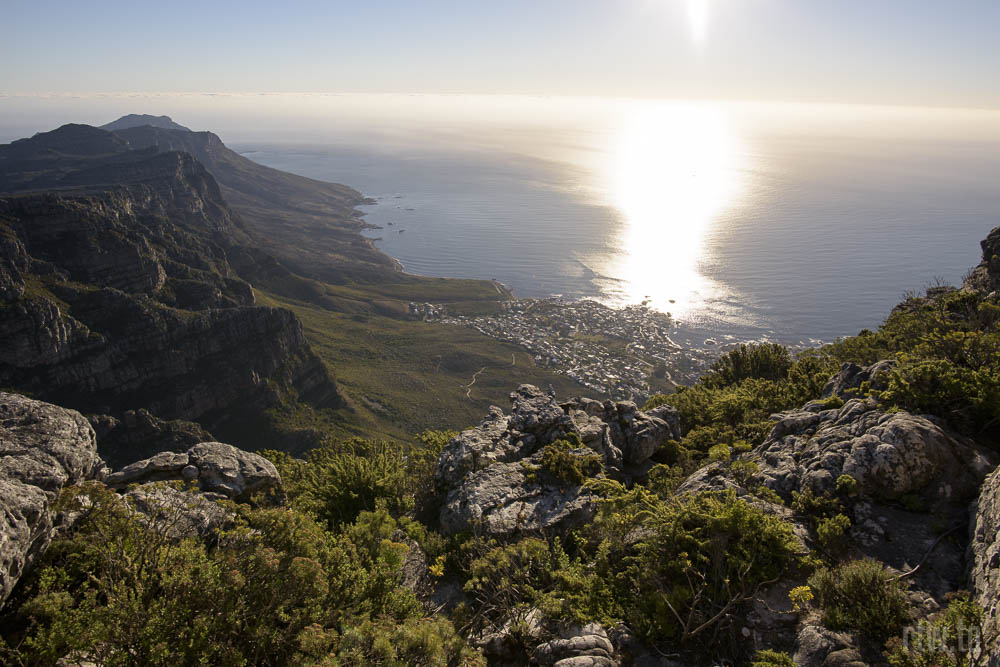
Kirstenbosch National Botanical Garden
On February 27, I visited Kirstenbosch, where a lady took us on a tour around. The grounds were well maintained and the Table Mountain backdrop made walking around even better.
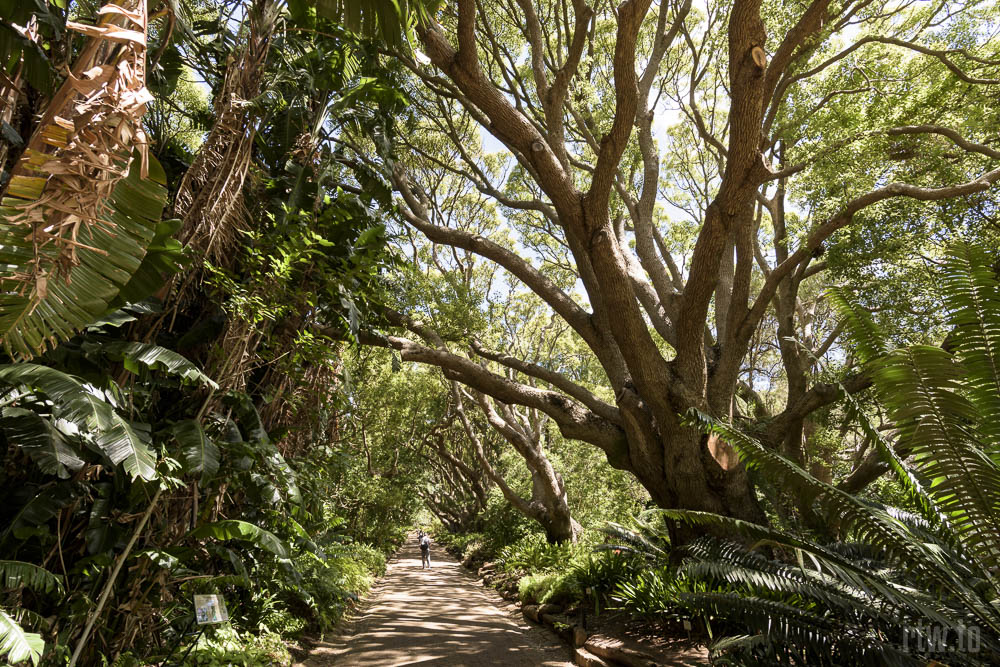
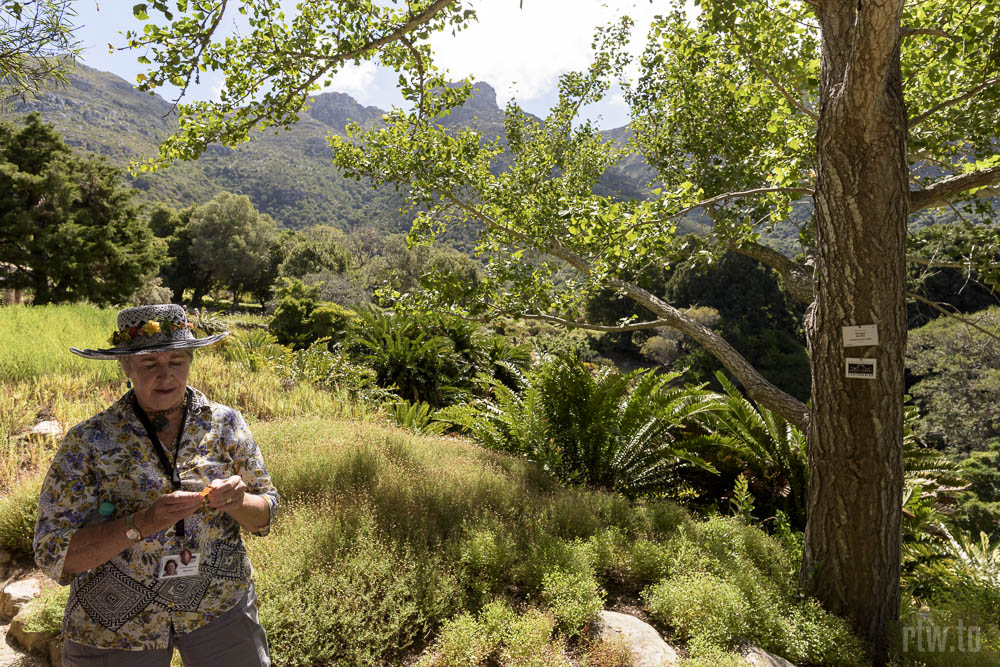
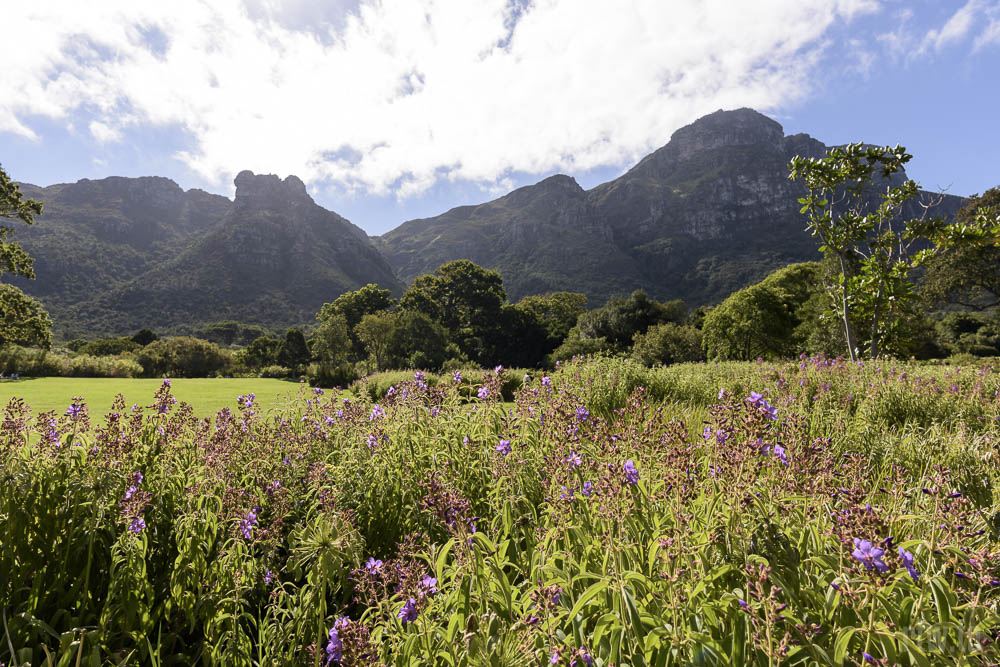
Constantia Valley vineyards
In 1685, the first Governor of Cape Town (appointed by the Dutch East India Company), Simon van der Stel started the first wine farm and named it Constantia, after the latin word for constancy. Around 1925, a new grape variety named Pinotage was developed here. The story is an interesting one, for sure.
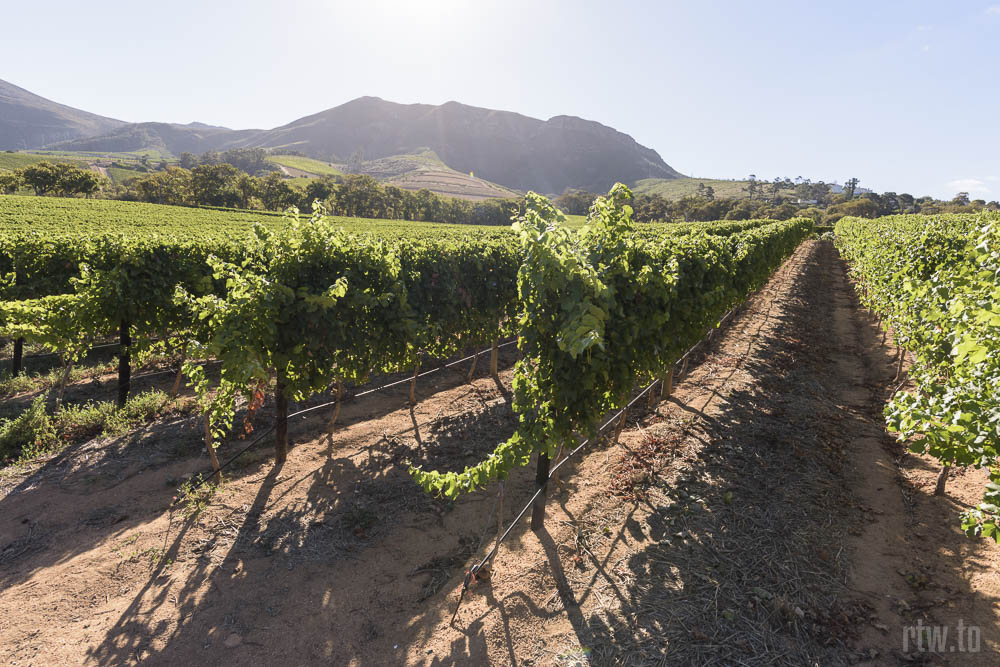
Of course, I could not end the day without a taste of Pinotage wine.
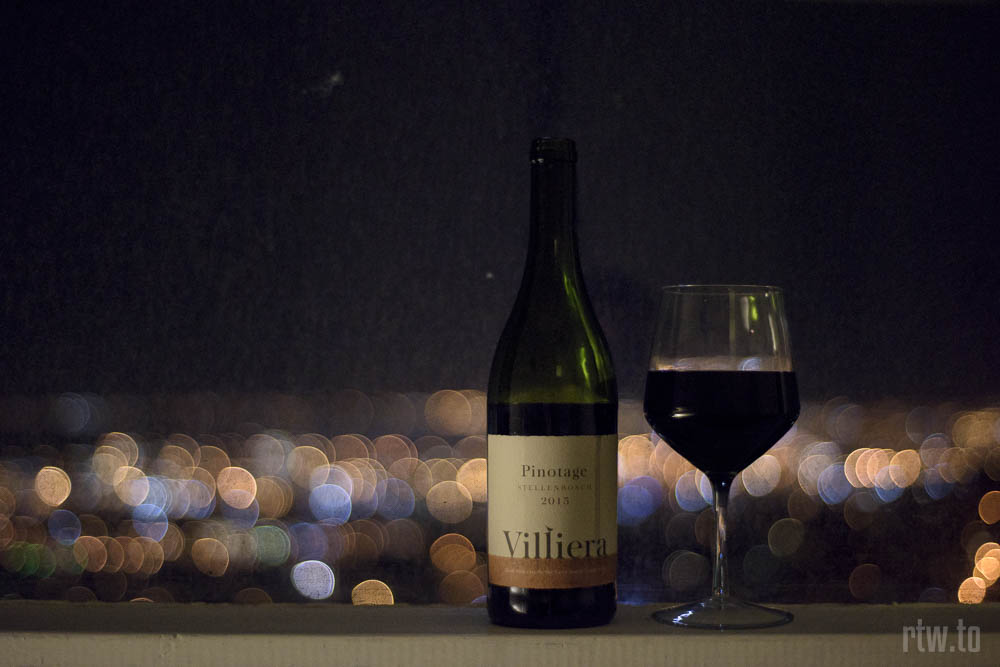
This was my adventure around Cape Town. There are many other places around here to discover and all in all, it was a great place to hang around all this time.
I hope that the next post will be about me getting to Cape Agulhas on my motorcycle and starting my journey north, to Europe.
